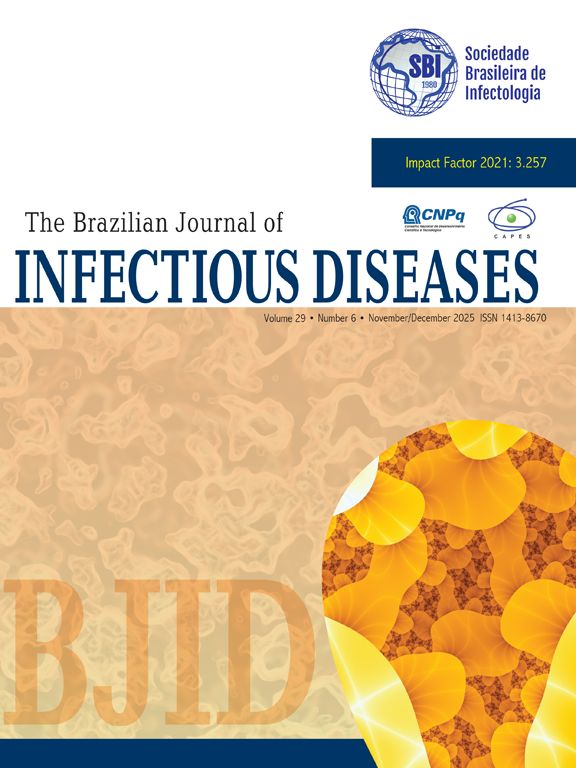Despite the availability of an effective vaccine, infectious hepatitis caused by the hepatitis B virus (HBV) is a global public health problem with an estimated 2 billion people infected, of which 240 million have chronic infection and about one million die annually from HBV related morbidities and mortality.1 With hepatitis B prevalence in the general population ranging from 2% to 8%, India is in the intermediate HBV endemic zone and the number of HBV carriers is estimated to be about 50 million, thus forming a large global pool of chronic HBV infections second only to East Asia. HBV genotypes have distinct geographical distributions, and have been shown to differ with regard to clinical outcome, prognosis, and response to treatment. In light of the paucity of documented information on HBV prevalence by various genotypes in Chennai, the present investigation was carried out.
Serum samples of individuals who visited a private diagnostic centre in Chennai city for liver function tests between January 14th, 2011 and February 28th, 2011 were included in the study. Samples were coded without link to any personal identifiers viz. name, address and contact information. Serum samples were screened for the presence of HBsAg (HEPALISA; JMITRA Pvt. Ltd., India). HBV genotyping was performed on HBSAg positive sera using a standard multiplex PCR.2 Real Time PCR for pre-core region was carried out for multiplex PCR negative samples.3
A total of 174 sera were collected from 121 (69.54%) males, 53 (30.45%) females. The overall mean age was 39.98 years (males – 38.4 years; females – 41.9 years). 65 (37.35%) were found to be HBsAg positive of which 42 (64.61%) were males and the remaining were females.
Genotype characterization was performed on 63 of the 65 HBsAg positive sera (two sera were inadequate). Genotype specific amplicons were detected in 62 samples of which 52 were categorized as genotype D, 7 were genotype C, and one was a genotype B strain (Fig. 1). Interestingly, 2 sera showed mixed infection with B and C genotypes (Fig. 1). The one HBsAg positive sample that failed to amplify in the multiplex PCR was also found to be negative for the pre-core region specific RT PCR.
Agarose gel profiles of HBV genotypes. (A) Genotype B: lane 1 (46) (sample ID); lane 2 – 100bp DNA ladder; (B) genotype C: lanes 1–4 (165, 80, 66, 24) (sample ID); lane 5 – 100bp DNA ladder; (C) genotype D: lane 1–7 (7, 22, 61, 86, 99, 125, 153) (sample ID); lane 8 –100bp DNA ladder; and (D) genotype B+C: lanes 1 and 2 (132, 173) (sample ID); lane 3 – 100bp DNA ladder.
The commonest genotype was D (82.53%) followed by C (11.11%) and B (3.17%). Contrary to most of the studies conducted in India wherein genotype A was reportedly the second predominant genotype after genotype D, in the present investigation no genotype A was encountered.3,4 Genotype B is predominantly reported from Far East and Southeast Asia and its incidence in India is not common with the only report currently available is from Hyderabad. Similarly, genotype C strains have been earlier reported from East India (16.8%).5 The present study with the seven genotype C strains, one strain of genotype B and two samples with B and C mixed infection probably constitutes the first report of these genotypes from the Chennai region.
Despite the limitations in terms of study design and small sample size, the findings are suggestive of a high prevalence of HBV in the study population. The presence of B and B+C mixed infections and the absence of genotype A are notably the newer findings from this region. Further community based studies are necessary to estimate the true burden of HBV infection and to understand the molecular epidemiology of the virus in this region.
Conflict of interestThe authors declare no conflicts of interest.
We thank Dr. T. Benjamin (SVDC, Chennai) for providing us the coded samples and Dr. V. Arankalle (NIV, Pune) for providing facility for real time PCR.






